For years, soy milk was the go-to alternative to dairy milk. These days you can find a great diversity of milks made from sources ranging from nuts, to rice and hemp. But what do these milk alternatives really taste like? We were curious, and decided to hold a tasting party (staff meeting) and invited the most discerning of palates (the entire Sprouts marketing department). We swished, sniffed and sipped seven unique “milks,” noting what we liked best and what we would consider doing with each.
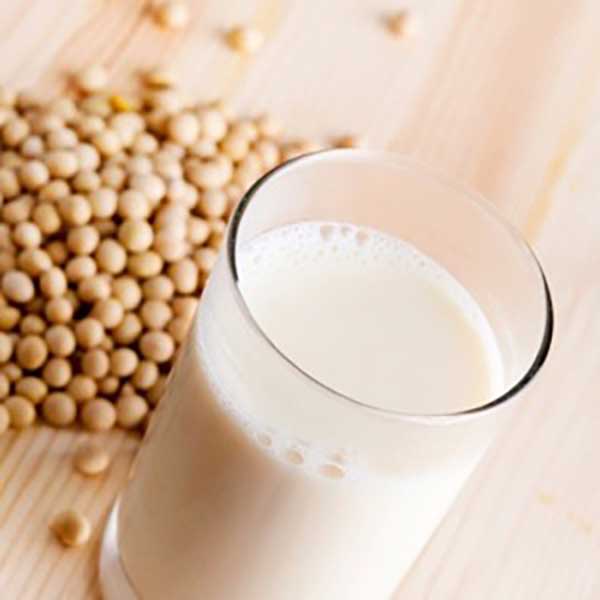
There are many reasons that you might seek a milk alternative. Perhaps you are lactose intolerant or vegan. You might be looking to add a unique flavor to a recipe. Or maybe you are just curious about all the different options. The task of choosing the right dairy substitute can be daunting: the shelves are filled with choices, and many are made from surprising sources. So we commandeered a recent staff meeting to help you discover some “udderly” different milk choices.
We kept things simple by sampling only shelf-stable products in plain or original flavors from a variety of different brands. Participants were asked to consider taste, color, consistency and versatility. We found the experience enlightening and some participants even discovered a new favorite beverage.
Almond Milk
Brand: Blue Diamond Almond Breeze Original
Calories per 1 cup serving: 60
Taste: Strong almond taste, lightly sweet notes
Appearance: Pale tan color, thin consistency
Nutrients: Antioxidants, vitamin E, calcium
We’d use it in: Smoothies, baking, cooking
Other flavors: Unsweetened, Vanilla, Chocolate
Most colorful reviewer comment: “You have to have really small hands to milk an almond.”
Coconut Milk
Brand: So Delicious Sugar-Free Original
Calories per 1 cup serving: 45
Taste: Mild coconut flavor with a faint hint of sweetness
Appearance: Thickest of all the options we tried; white in color; looks like whole milk
Nutrients: Calcium, vitamin D, vitamin B12
We’d use it in: Smoothies, cooking, coffee
Other flavors: Chocolate, Sugar-Free Original, Vanilla, Sugar-Free Vanilla
Most colorful reviewer comment: “Not half bad, but I’m not sure I’d shimmy up a palm tree for it.”
Hazelnut Milk
Brand: Pacific Natural Foods Original
Calories per 1 cup serving: 110
Taste: Sweet and nutty with a very rich hazelnut flavor; one of the favorites among the group
Appearance: Dark tan in color, thin consistency
Nutrients: Calcium, vitamin D, riboflavin (vitamin B2)
We’d use it in: Cooking, baking: the rich taste will lend great flavor to whole-grain and/or high-fiber cereals, especially unsweetened ones
Other flavors: Chocolate
Most colorful reviewer comment: “Liked it a lot, but I kind of wanted it to taste like Nutella. I wonder if the chocolate flavor does. Can we sample that next?”
Hemp Milk
Brand: Living Harvest Tempt Original
Calories per 1 cup serving: 100
Taste: Earthy with mild grassy notes
Appearance: Tannish-yellow color, thin consistency
Nutrients: Calcium, vitamin B12, vitamin D, iron, omega-3 fatty acids
We’d use it in: Cereal
Other flavors: Chocolate, Vanilla
Most colorful reviewer comment: “Whoa!”
Oat Milk
Brand: Pacific Natural Foods Low-Fat Original
Calories per 1 cup serving: 130
Taste: Very reminiscent of a bowl of oatmeal, sweet with a vague hint of cinnamon; a favorite among the tasters
Appearance: Medium tan in color, thin consistency
Nutrients: Calcium, vitamin D, riboflavin (vitamin B2)
We’d use it in: Baking, cooking, cereal, to dunk cookies in (especially oatmeal cookies) and even drink on its own
Other flavors: Low-Fat Vanilla
Most colorful reviewer comment: “Wasn’t expecting to enjoy this, but it was like sipping the liquid out of the bottom of a bowl of oatmeal. Only smoother.”
Rice Milk Drink
Brand: Rice Dream Original Enriched
Calories per 1 cup serving: 120
Taste: Very mild in taste, neutral flavor; reminded tasters of skim milk
Appearance: Opaque white, looks like non-fat milk; thin in consistency
Nutrients: Enriched with Vitamins A, D, B12 and calcium
We’d use it in: Cereal, coffee, smoothies, cooking
Other flavors: Chocolate Enriched, Vanilla Enriched
Most colorful reviewer comment: “If you put some sugar and cinnamon in this it would taste just like the horchata my nana used to make.”
Soy Milk
Brand: West Soy Low-Fat Plain
Calories per 1 cup serving: 90
Taste: Neutral and versatile flavor; not at all sweet
Appearance: Tan in color; looks like iced coffee with cream; thin in consistency
Nutrients: Calcium and vitamin D
We’d use it in: Cereal, coffee, smoothies
Other flavors: Low-Fat Vanilla
Most colorful reviewer comment: “The color on this was darker than the others so I thought it might taste like milk with a drop of soy sauce in it. But it was surprisingly mild.”








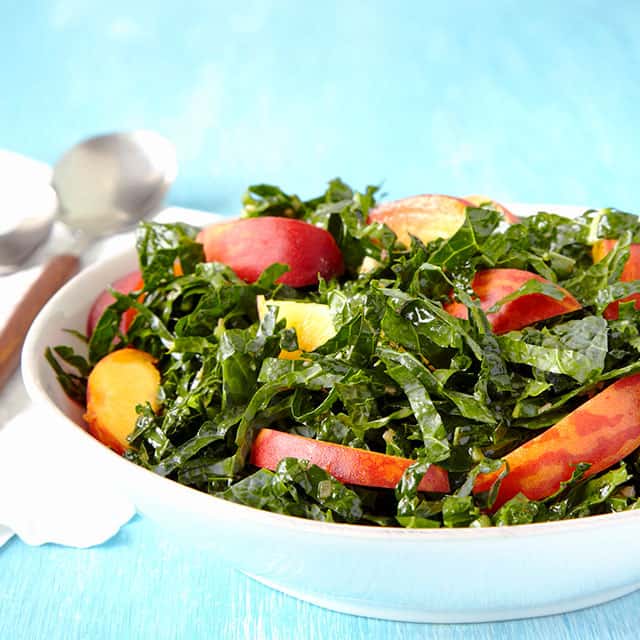 Did you know that pineapple has been used for centuries in Central and South America to reduce inflammation? It contains bromelain, a mixture of enzymes that digest protein. The
Did you know that pineapple has been used for centuries in Central and South America to reduce inflammation? It contains bromelain, a mixture of enzymes that digest protein. The 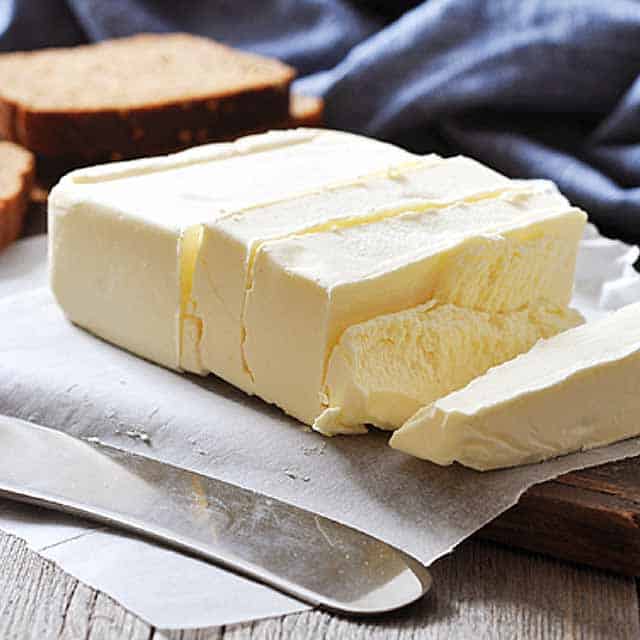 Back in the 1970s, scientists identified fat as a major risk toward heart disease. The idea was that fat turned into cholesterol and high cholesterol caused heart disease. In the 1990s, scientists realized that there are two types of cholesterol in the body: the high-density lipoprotein (HDL) particles, often called “good” cholesterol; and the low-density lipoprotein (LDL) particles, often referred to as the “bad” cholesterol. We were warned to avoid saturated fats like butter, cheese and meat because these foods contained the “bad” cholesterol which aggressively increases levels of LDLs, thus increasing our risk for cardiovascular disease.
Recently, scientists discovered two different kinds of bad cholesterol particles. One is large and fluffy and the other is small and dense. According to research, it’s the small and dense LDL particles—most likely caused by elevated insulin levels—that increase the risk of heart disease. In moderation, saturated fats like dairy, meat, bacon, butter and coconut oil may not increase the risk of heart disease.
Back in the 1970s, scientists identified fat as a major risk toward heart disease. The idea was that fat turned into cholesterol and high cholesterol caused heart disease. In the 1990s, scientists realized that there are two types of cholesterol in the body: the high-density lipoprotein (HDL) particles, often called “good” cholesterol; and the low-density lipoprotein (LDL) particles, often referred to as the “bad” cholesterol. We were warned to avoid saturated fats like butter, cheese and meat because these foods contained the “bad” cholesterol which aggressively increases levels of LDLs, thus increasing our risk for cardiovascular disease.
Recently, scientists discovered two different kinds of bad cholesterol particles. One is large and fluffy and the other is small and dense. According to research, it’s the small and dense LDL particles—most likely caused by elevated insulin levels—that increase the risk of heart disease. In moderation, saturated fats like dairy, meat, bacon, butter and coconut oil may not increase the risk of heart disease.



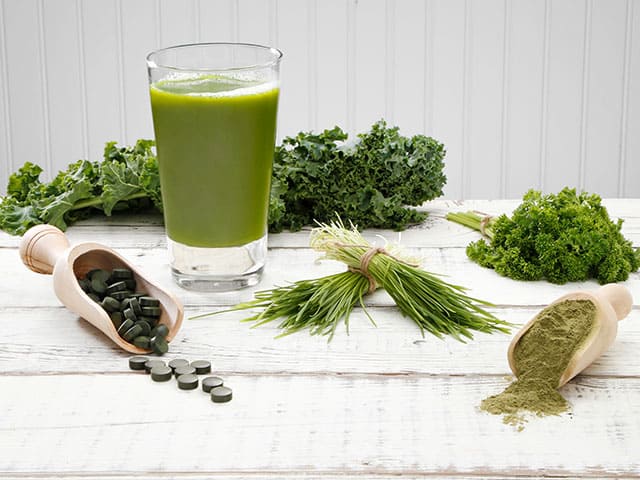 sting fantastic, superfoods contain an exceptionally high nutrient content when compared to the amount of calories per serving of processed foods. A diet rich in fruits and vegetables is important for healthy weight management.
Fruits and vegetables provide most of the carotenoid compounds in your diet. Carotenoids are beta-carotene, lycopene, lutein and zeaxanthin which are sources of phytochemicals that function as antioxidants in your body. Scientific research indicates that consumption of plant-based foods is associated with lower rates of cardiovascular disease, cancer and other chronic diseases.1
sting fantastic, superfoods contain an exceptionally high nutrient content when compared to the amount of calories per serving of processed foods. A diet rich in fruits and vegetables is important for healthy weight management.
Fruits and vegetables provide most of the carotenoid compounds in your diet. Carotenoids are beta-carotene, lycopene, lutein and zeaxanthin which are sources of phytochemicals that function as antioxidants in your body. Scientific research indicates that consumption of plant-based foods is associated with lower rates of cardiovascular disease, cancer and other chronic diseases.1
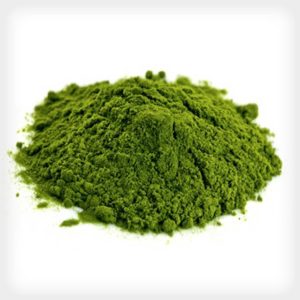 During 2007–2010, half of the total U.S. population consumed less than one cup of fruit and less than one and a half cups of vegetables daily; 76 percent did not meet fruit intake recommendations, and 87 percent did not meet vegetable intake recommendations.4 Recommendations for fruit intake range from one to two and a half cups and vegetables from one and a half to three cups per day. Consuming a powdered green drink can help you achieve your RDAs of fruits and vegetables.
During 2007–2010, half of the total U.S. population consumed less than one cup of fruit and less than one and a half cups of vegetables daily; 76 percent did not meet fruit intake recommendations, and 87 percent did not meet vegetable intake recommendations.4 Recommendations for fruit intake range from one to two and a half cups and vegetables from one and a half to three cups per day. Consuming a powdered green drink can help you achieve your RDAs of fruits and vegetables.
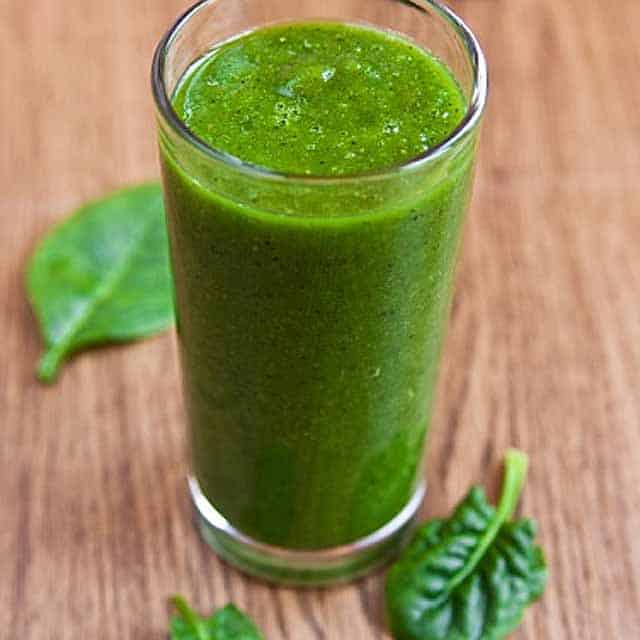
 Salt is one of the oldest and most commonly used seasonings around the globe. It takes foods from bland to brilliant. It makes our bodies function and thrive. It’s abundant and inexpensive, but it’s also overused.
The recommended daily allowance (RDA) of sodium for the average adult is 2,360 milligrams, though the Center for Disease Control and Prevention (CDC) recommends no more than 1,500 milligrams.
Sounds like a lot—but don’t be fooled. Those numbers equal about one teaspoon of salt (or less) for the entire day, and there is sodium in pretty much everything we eat. In fact, 80 percent of the sodium we get comes not from the shaker on the table, but from the foods we eat. Currently, American adults are consuming more than 4,000 milligrams per day, due in large part to the presence of so many processed foods in our diets. The second biggest culprit of sodium overload is the food served in restaurants.
Sodium, however, is vital for a healthy body. It helps maintain water balance and pH levels and enables cells to draw in nutrients. Excessive sweating can lead to salt cravings as an indication of a loss of sodium, dehydration, and/or an electrolyte imbalance. (Be sure to hydrate sufficiently before, during, and after rigorous workouts.)
In excessive amounts, salt can be dangerous to your health. It can contribute to hypertension, heart disease, and may cause the body to retain too much water. To help avoid excess sodium in your diet, dieticians and doctors suggest caution when adding salt to your foods. Instead use herbs and salt-free seasonings to flavor your foods. If you must add salt, do so sparingly; a little goes a long way.
At Sprouts, we offer many minimally processed foods, but even natural food products can go overboard with the sodium. So be sure to read labels and understand the terminology:
Salt is one of the oldest and most commonly used seasonings around the globe. It takes foods from bland to brilliant. It makes our bodies function and thrive. It’s abundant and inexpensive, but it’s also overused.
The recommended daily allowance (RDA) of sodium for the average adult is 2,360 milligrams, though the Center for Disease Control and Prevention (CDC) recommends no more than 1,500 milligrams.
Sounds like a lot—but don’t be fooled. Those numbers equal about one teaspoon of salt (or less) for the entire day, and there is sodium in pretty much everything we eat. In fact, 80 percent of the sodium we get comes not from the shaker on the table, but from the foods we eat. Currently, American adults are consuming more than 4,000 milligrams per day, due in large part to the presence of so many processed foods in our diets. The second biggest culprit of sodium overload is the food served in restaurants.
Sodium, however, is vital for a healthy body. It helps maintain water balance and pH levels and enables cells to draw in nutrients. Excessive sweating can lead to salt cravings as an indication of a loss of sodium, dehydration, and/or an electrolyte imbalance. (Be sure to hydrate sufficiently before, during, and after rigorous workouts.)
In excessive amounts, salt can be dangerous to your health. It can contribute to hypertension, heart disease, and may cause the body to retain too much water. To help avoid excess sodium in your diet, dieticians and doctors suggest caution when adding salt to your foods. Instead use herbs and salt-free seasonings to flavor your foods. If you must add salt, do so sparingly; a little goes a long way.
At Sprouts, we offer many minimally processed foods, but even natural food products can go overboard with the sodium. So be sure to read labels and understand the terminology:
 There are many reasons that you might seek a milk alternative. Perhaps you are lactose intolerant or vegan. You might be looking to add a unique flavor to a recipe. Or maybe you are just curious about all the different options. The task of choosing the right dairy substitute can be daunting: the shelves are filled with choices, and many are made from surprising sources. So we commandeered a recent staff meeting to help you discover some “udderly” different milk choices.
We kept things simple by sampling only shelf-stable products in plain or original flavors from a variety of different brands. Participants were asked to consider taste, color, consistency and versatility. We found the experience enlightening and some participants even discovered a new favorite beverage.
There are many reasons that you might seek a milk alternative. Perhaps you are lactose intolerant or vegan. You might be looking to add a unique flavor to a recipe. Or maybe you are just curious about all the different options. The task of choosing the right dairy substitute can be daunting: the shelves are filled with choices, and many are made from surprising sources. So we commandeered a recent staff meeting to help you discover some “udderly” different milk choices.
We kept things simple by sampling only shelf-stable products in plain or original flavors from a variety of different brands. Participants were asked to consider taste, color, consistency and versatility. We found the experience enlightening and some participants even discovered a new favorite beverage.